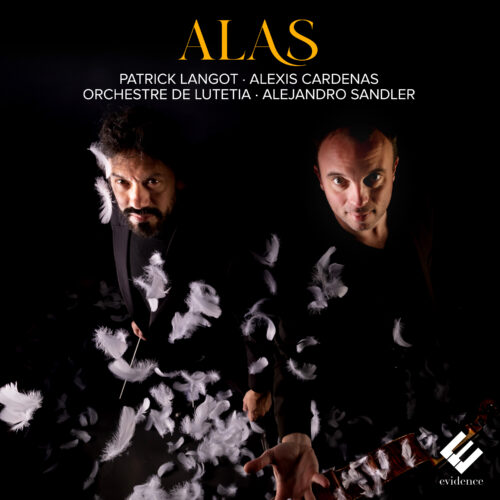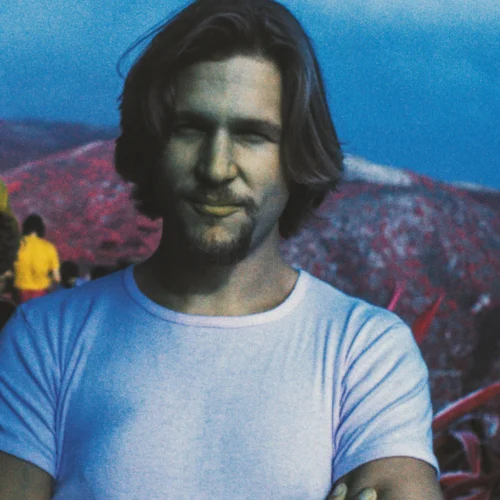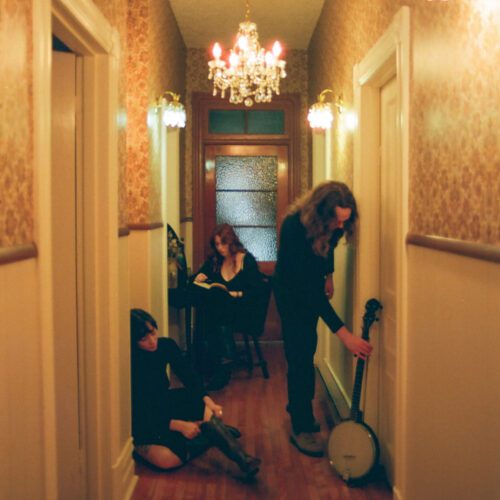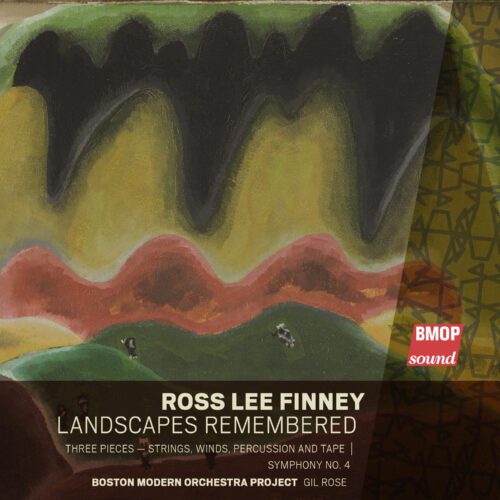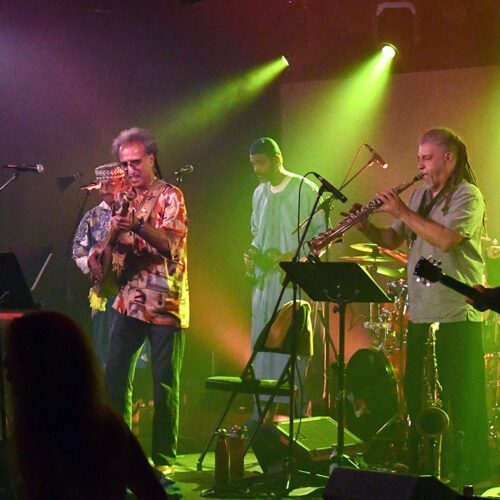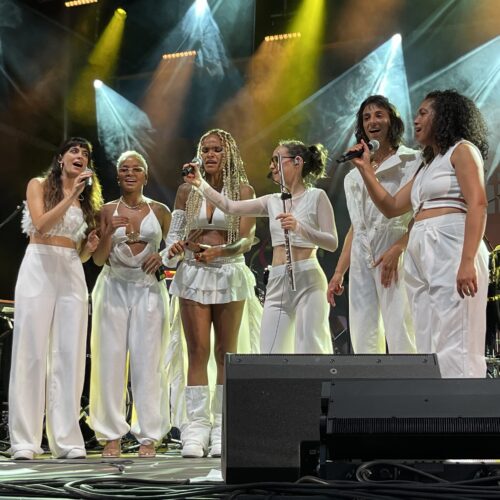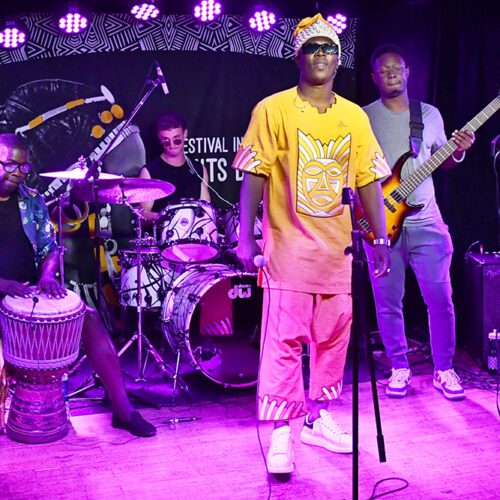Alas (‘wings’ in Spanish) offers a short but very interesting panorama of contemporary Argentine music. Three composers from contrasting worlds are represented: Alejandro Iglesias Rossi (born 1960), Gerardo di Giusto (born 1961) and Gabriel Sivak (born 1979). And to round it all off, perhaps the father of modern classical music in this country : Alberto Ginastera.
The contemporary works, all recorded for the first time, focus more or less on one or more aspects of Ginastera’s writing: nervous motor rhythms, tight harmonies, inspiration from national folklore.
The title piece, Alas for violin, cello and strings, by Gerardo di Giusto, exploits the rhythmic character of the music with propulsive energy, like a vigorous flight. The rather cosy tonal centre makes this the most accessible piece on the album, after the Ginastera.
Descaminos for cello, strings and percussion, by Gabriel Sivak, pushes the note (!) of difficulty up a notch with a broader tonal framework, chromatically speaking. A feeling of feverishness, thanks in part to the instrumental writing made up of quasi-spectral quiverings, runs through a good part of the piece, in a more or less accentuated way. Beautiful and stimulating.
Llorando silencios, six Quechua songs for solo cello, by Alejandro Iglesias Rossi, is a sort of crescendo of aural difficulty, a total commitment to avant-garde atonalism. The Inca roots of these Quechua songs are distilled and hyper-densified in a narrow still that totally transforms these distant sources into ultra-modern, refined abstractions. Cellist Patrick Langot manages to create exploded soundscapes, drawing on all the techniques invoked by the composer, in a rendering of great technical precision and a very wide timbral variety. Very interesting indeed.
The programme comes full circle with Ginastera’s Variaciones concertantes op. 23. These Variations are strongly tinged with folklore, but in a way that is more symbolic than directly quotable. They give the cello and harp a leading role, but invite the orchestral soloists (each section, from strings to winds) to express themselves in a skilful, lively and colourful manner. The exercise culminates in a final tutti with a hint of dance, in the malambo style typical of the Gauchos of the Pampa. The orchestra as a whole, and the soloists in each section, prove to be performers of excellent precision and technical virtuosity. Alejandro Sandler’s conducting is infused with an energy steeped in a just and appropriate national feeling.
